Rising Demand for Food Preservation
The increasing emphasis on food preservation is a primary driver for the PVDC Shrink Bag Market. As consumers become more health-conscious, the need for effective packaging solutions that extend shelf life and maintain product quality is paramount. PVDC shrink bags offer excellent barrier properties against moisture, oxygen, and light, which are critical for preserving food freshness. According to recent data, the food packaging sector is projected to grow at a compound annual growth rate of approximately 4.5% over the next few years. This growth is likely to bolster the demand for PVDC shrink bags, as manufacturers seek reliable packaging solutions that meet consumer expectations for quality and safety.
Growth in E-commerce and Online Retail
The expansion of e-commerce and online retail platforms is significantly influencing the PVDC Shrink Bag Market. As more consumers opt for online shopping, the need for secure and efficient packaging solutions has surged. PVDC shrink bags are increasingly utilized for packaging a variety of products, ensuring they arrive intact and undamaged. The e-commerce sector has experienced a remarkable increase, with estimates suggesting a growth rate of around 15% annually. This trend indicates a robust demand for PVDC shrink bags, as businesses strive to enhance customer satisfaction through reliable packaging that protects products during transit.
Increased Focus on Aesthetic Packaging
The aesthetic appeal of packaging plays a crucial role in consumer purchasing decisions, driving the PVDC Shrink Bag Market. Retailers and manufacturers are increasingly recognizing the importance of visually appealing packaging that attracts consumers. PVDC shrink bags can be customized with vibrant colors and designs, enhancing product visibility on shelves. This trend is particularly evident in the food and beverage sector, where packaging aesthetics can significantly influence consumer choices. Market analysis indicates that companies investing in attractive packaging solutions are likely to see a rise in sales, thereby propelling the demand for PVDC shrink bags as a preferred packaging option.
Technological Innovations in Packaging
Technological advancements in packaging materials and processes are significantly impacting the PVDC Shrink Bag Market. Innovations such as improved barrier properties, enhanced sealing techniques, and the integration of smart packaging technologies are reshaping the landscape. These advancements not only improve the functionality of PVDC shrink bags but also cater to the evolving needs of manufacturers and consumers. The market for advanced packaging solutions is projected to grow, with estimates indicating a potential increase of 6% annually. This growth is likely to stimulate further investment in PVDC shrink bags, as companies seek to leverage technology to enhance product protection and consumer engagement.
Regulatory Support for Sustainable Packaging
Regulatory frameworks promoting sustainable packaging solutions are emerging as a key driver for the PVDC Shrink Bag Market. Governments and organizations are increasingly advocating for environmentally friendly packaging materials, which has led to a shift in consumer preferences. PVDC shrink bags, known for their recyclability and reduced environmental impact, align well with these regulatory trends. As sustainability becomes a focal point for businesses, the demand for PVDC shrink bags is expected to rise. Recent studies suggest that companies adopting sustainable packaging practices can enhance their brand image and appeal to environmentally conscious consumers, further driving market growth.


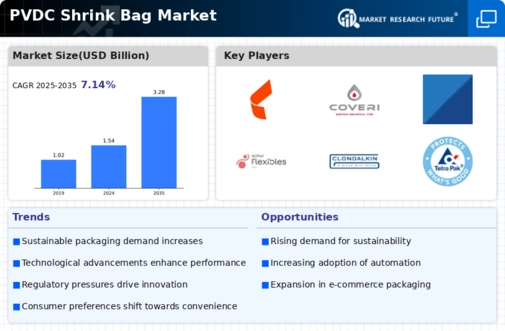
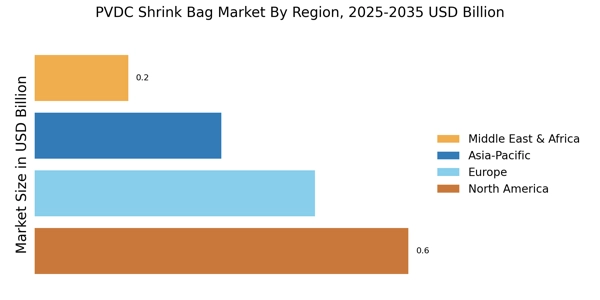
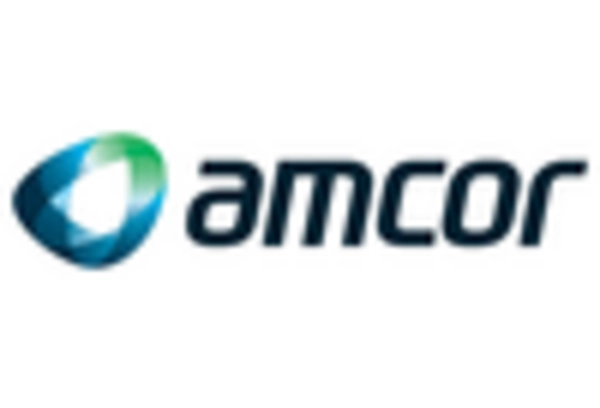
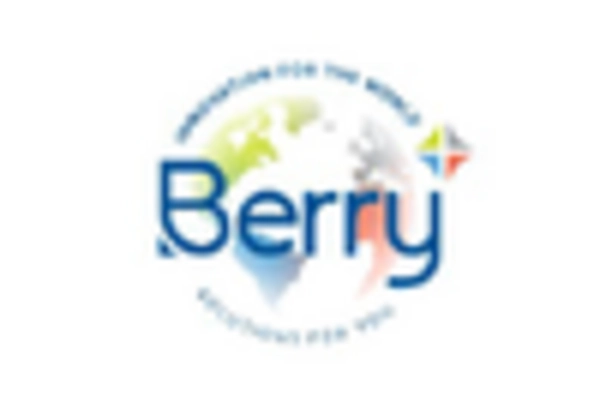
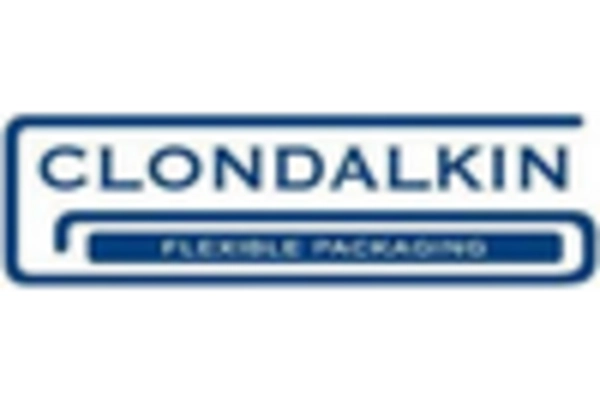











Leave a Comment